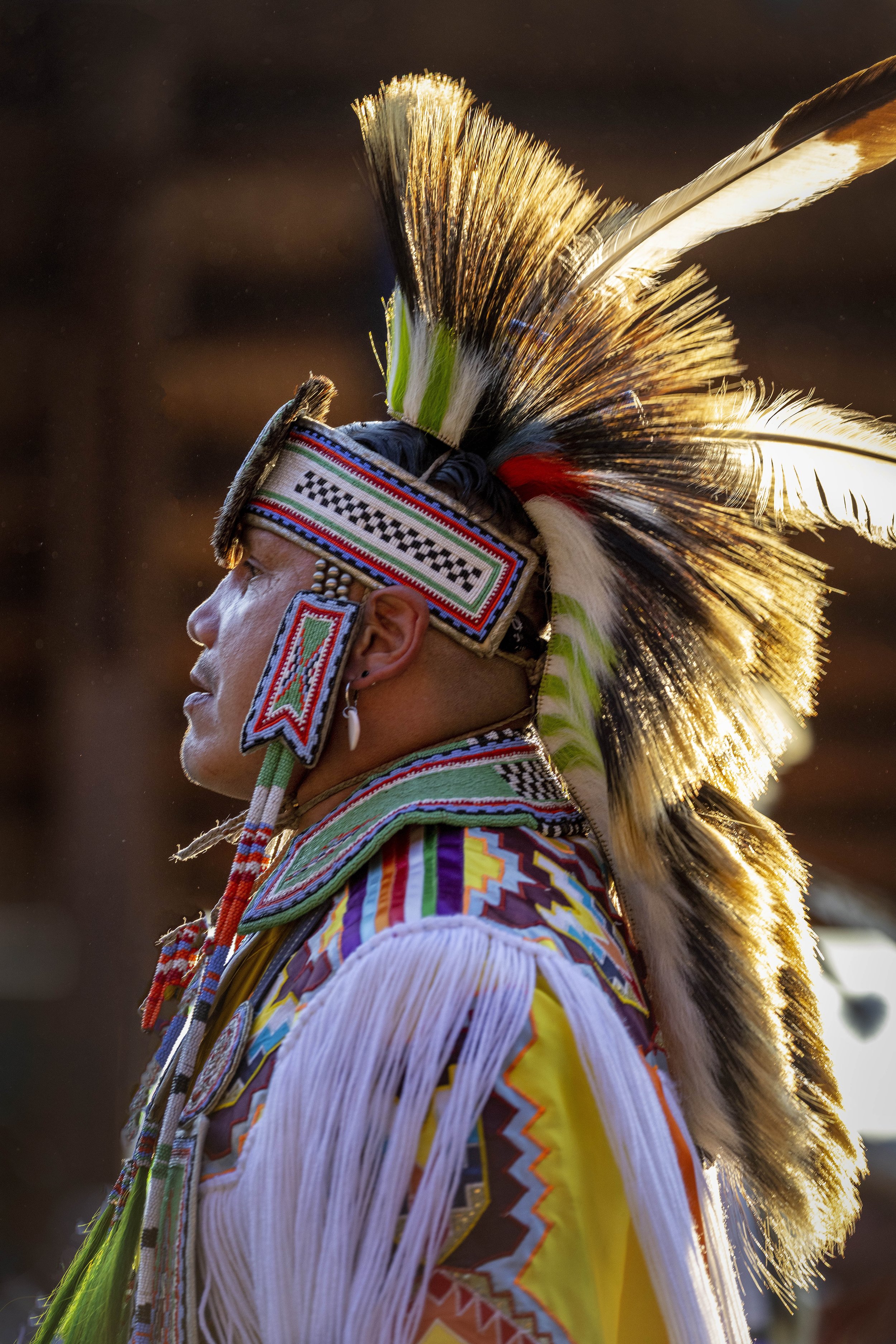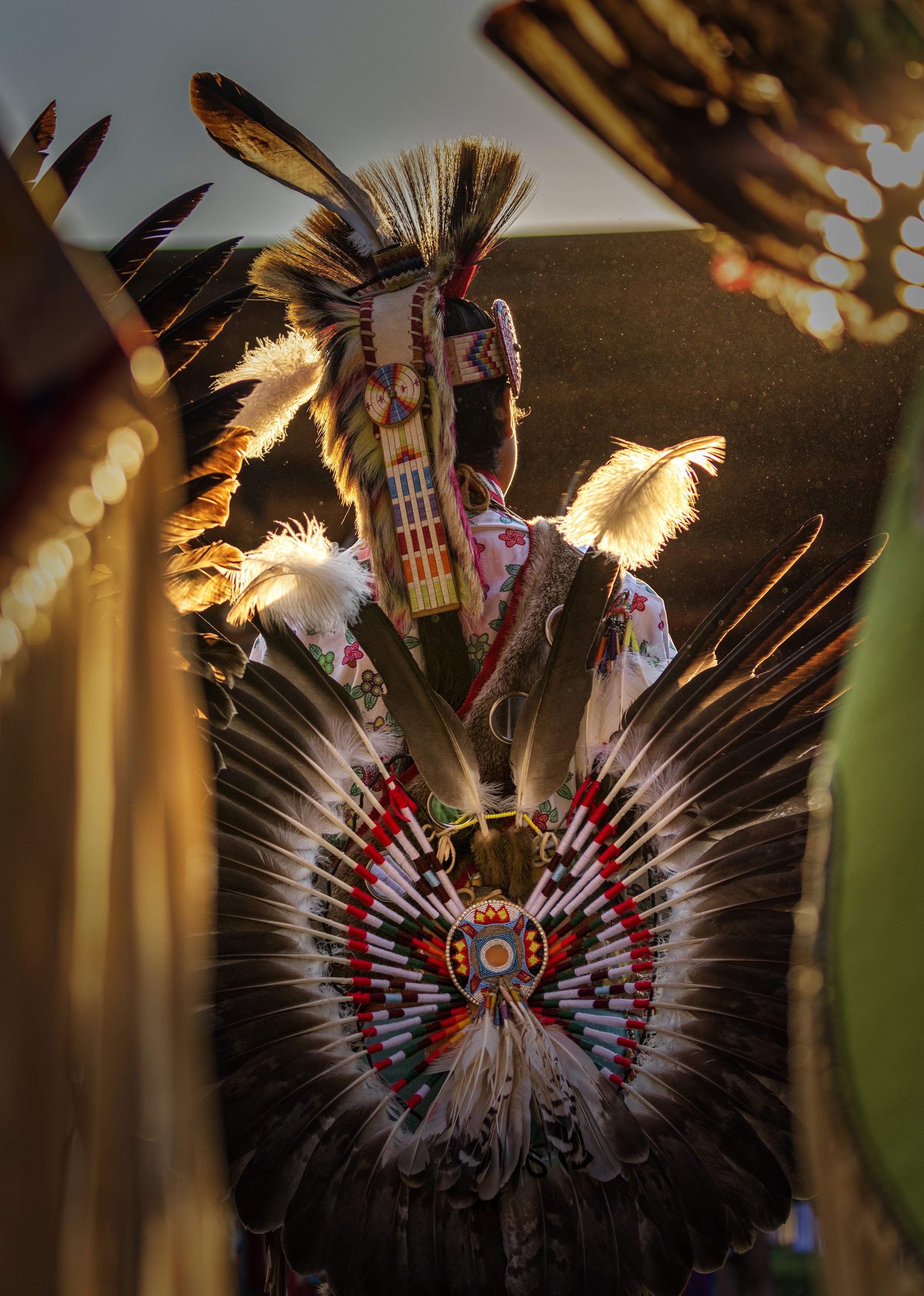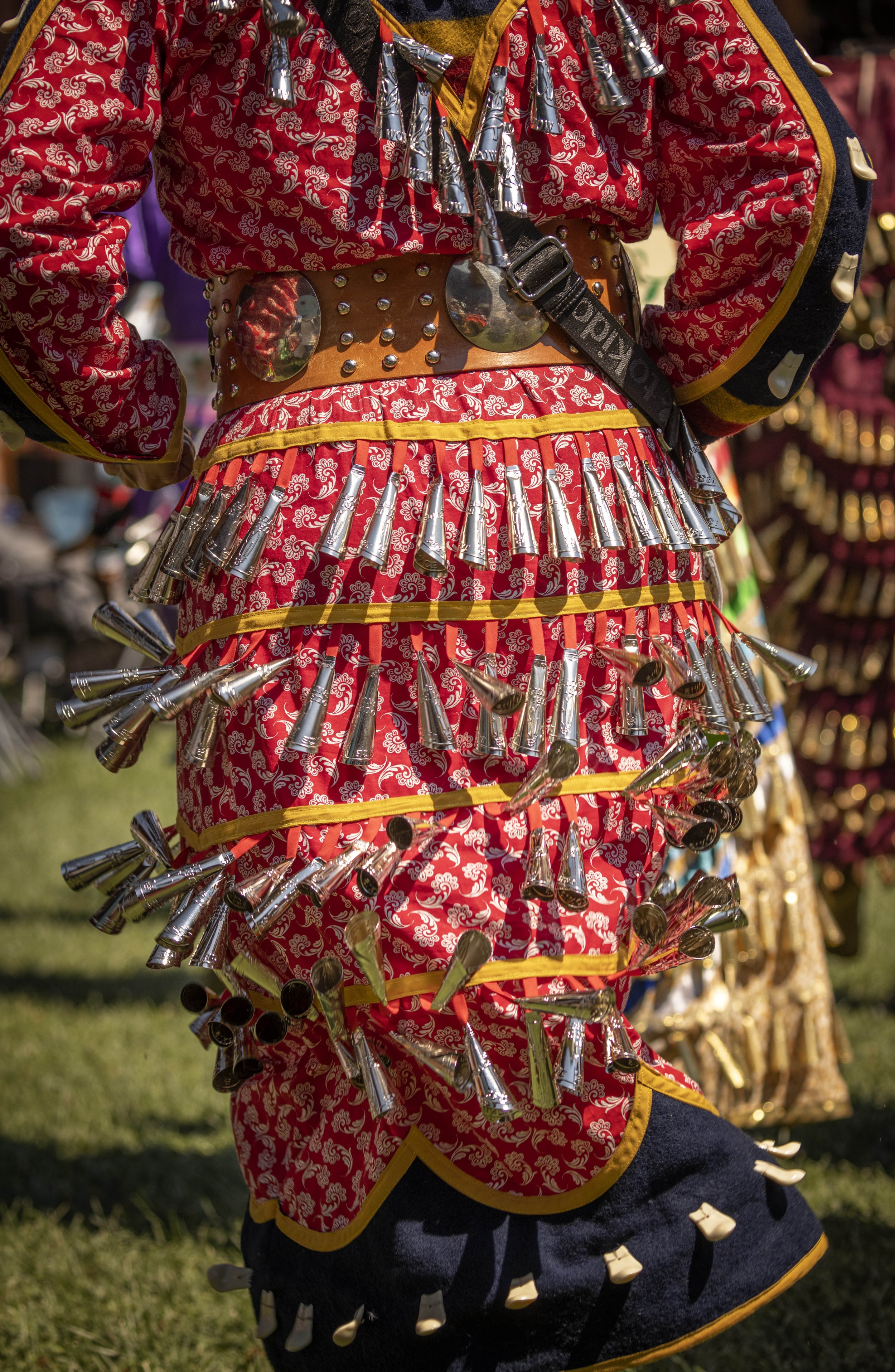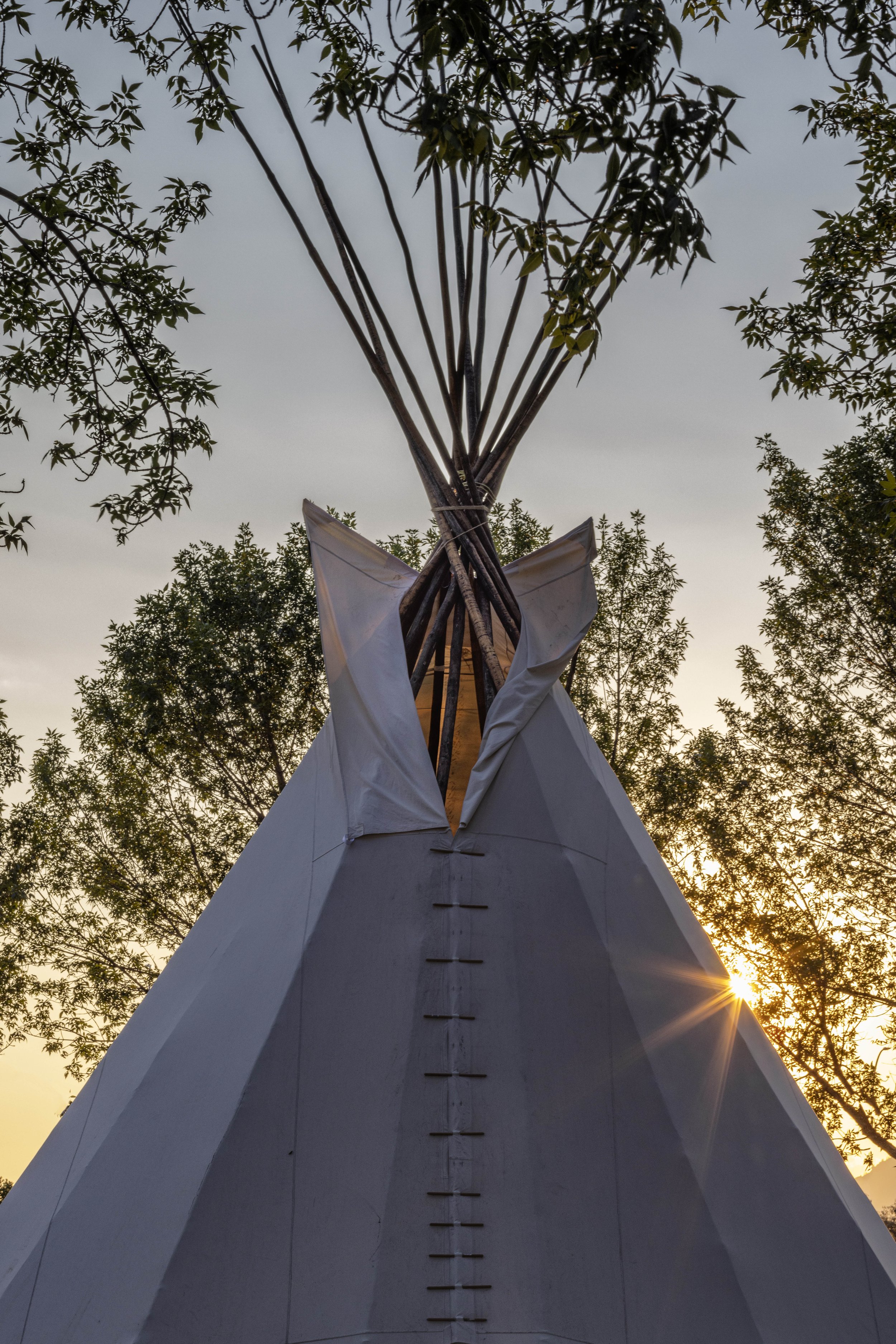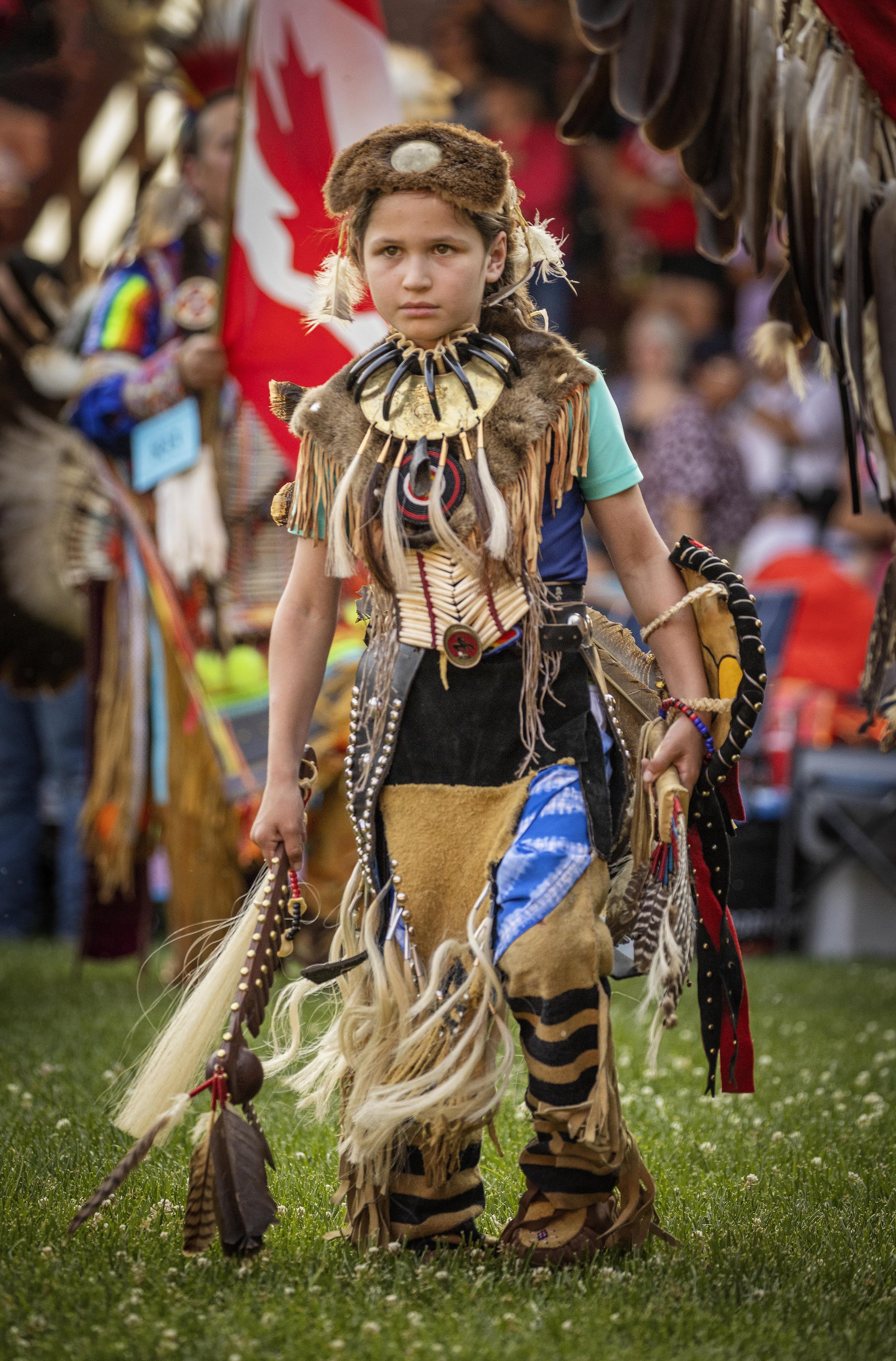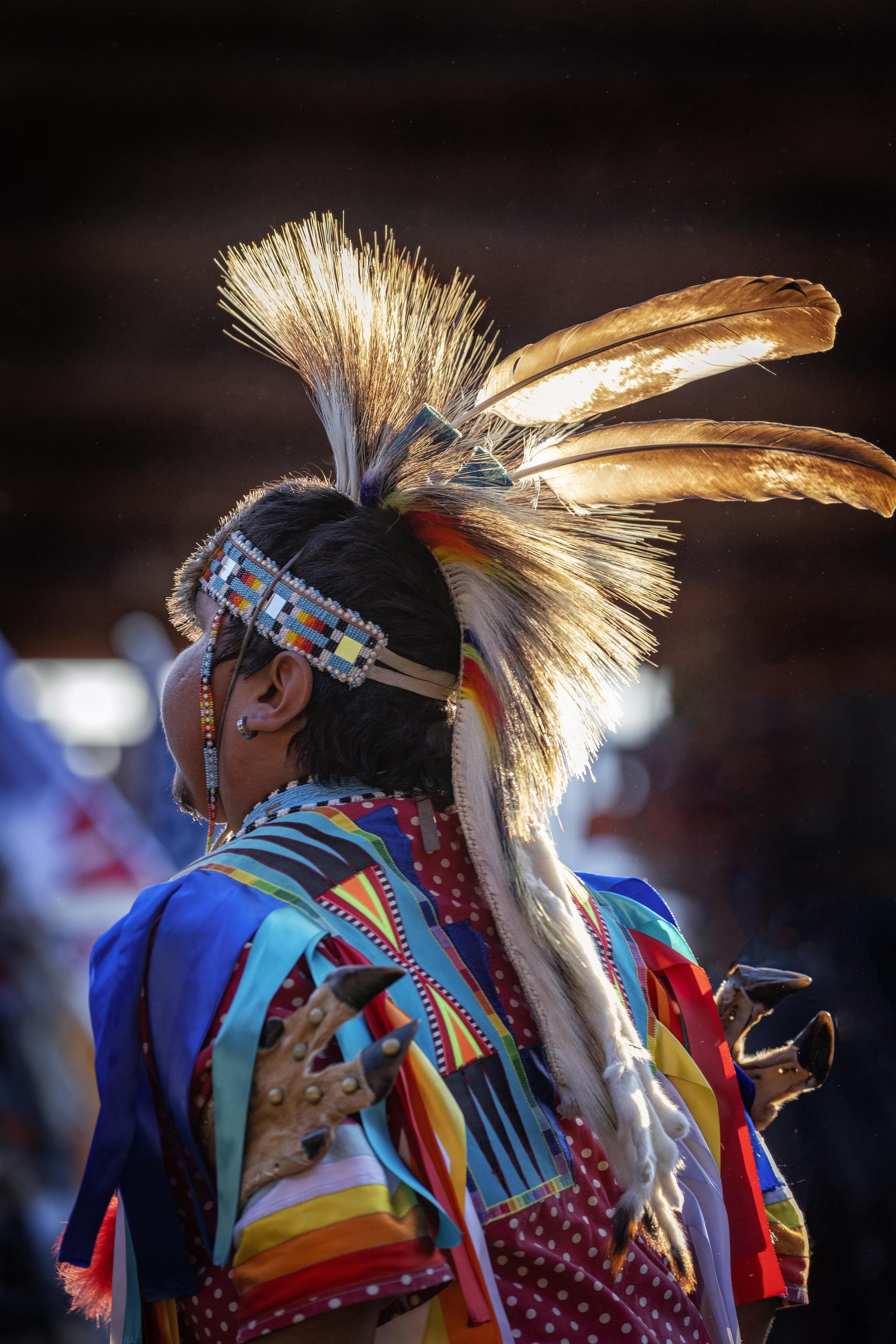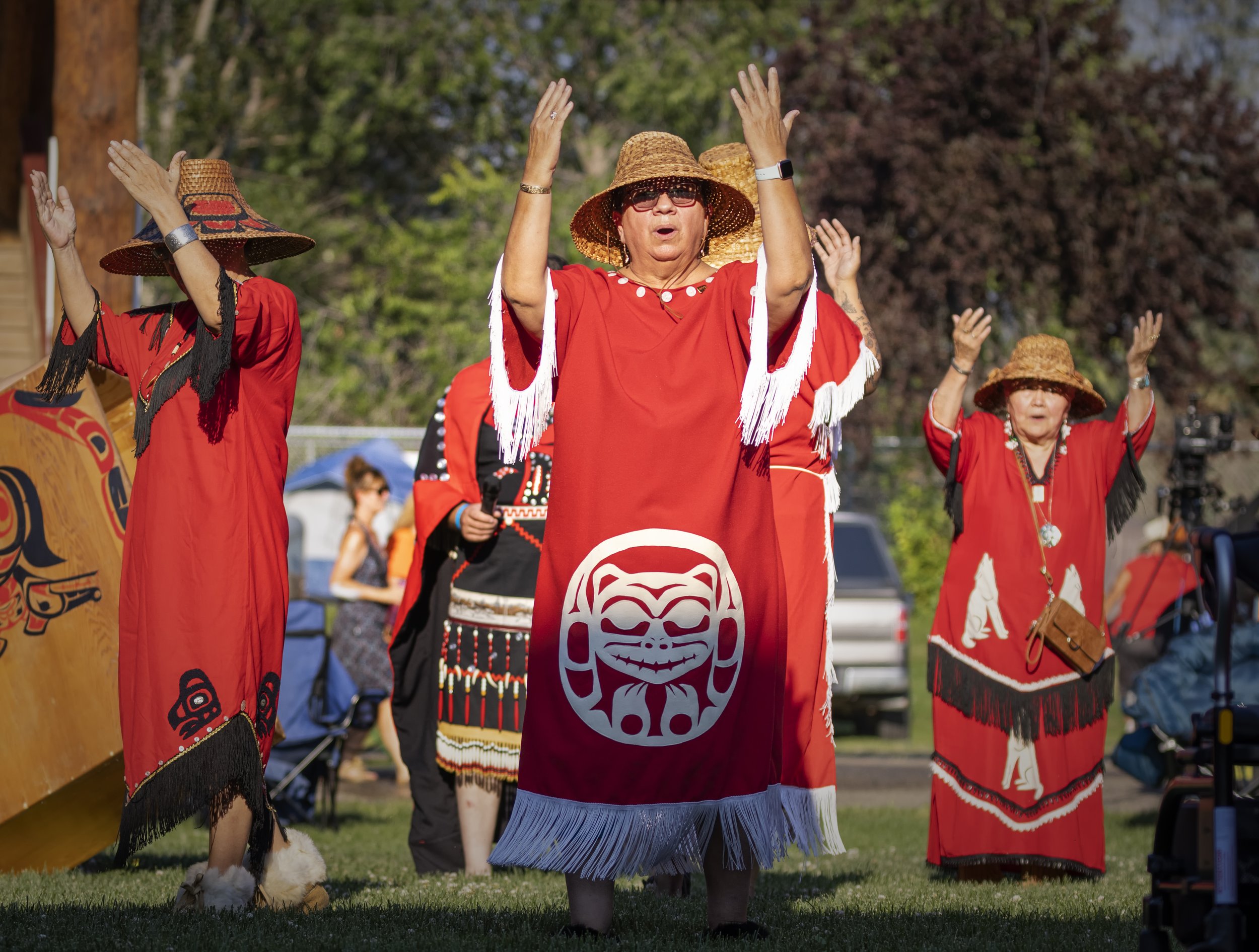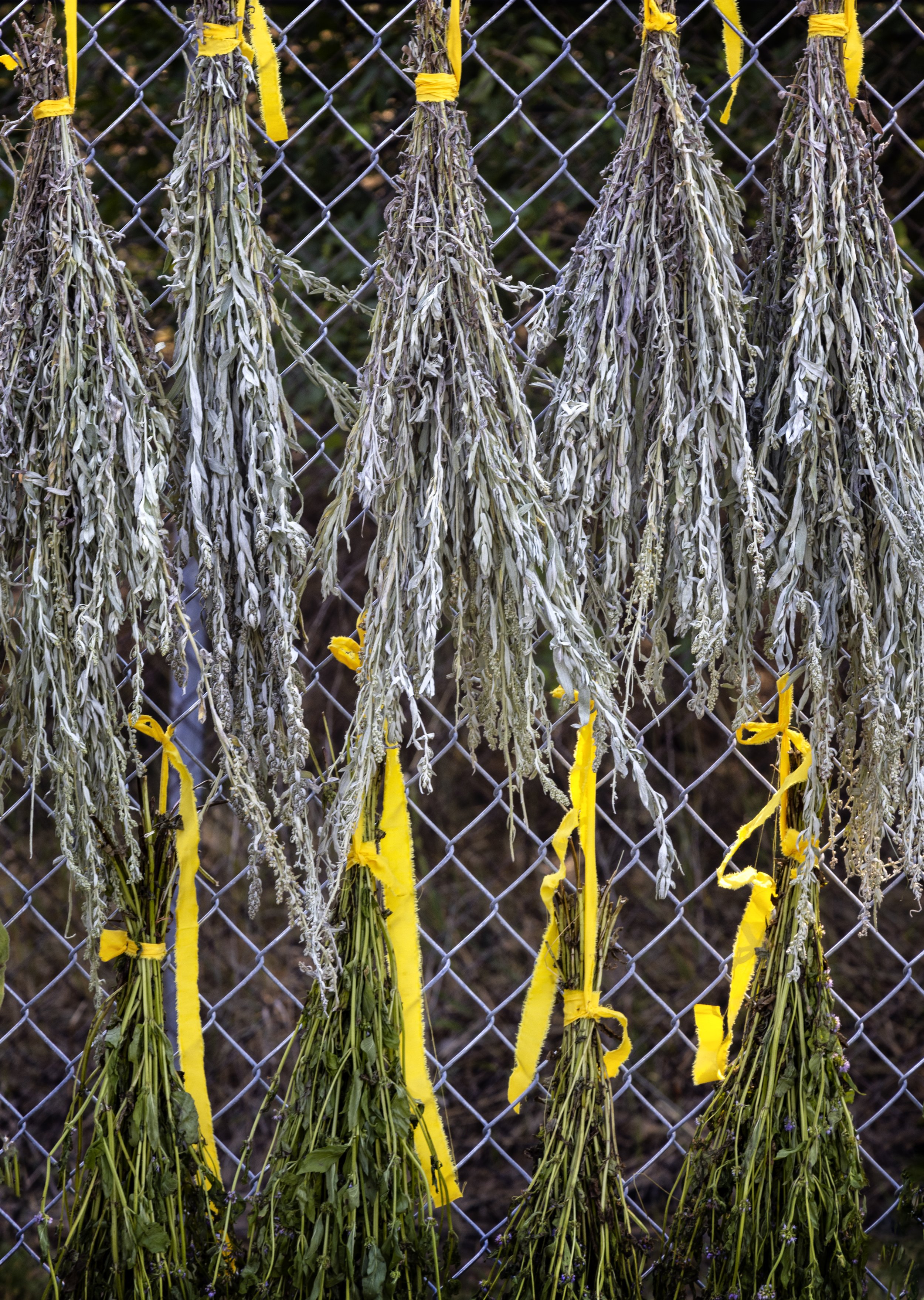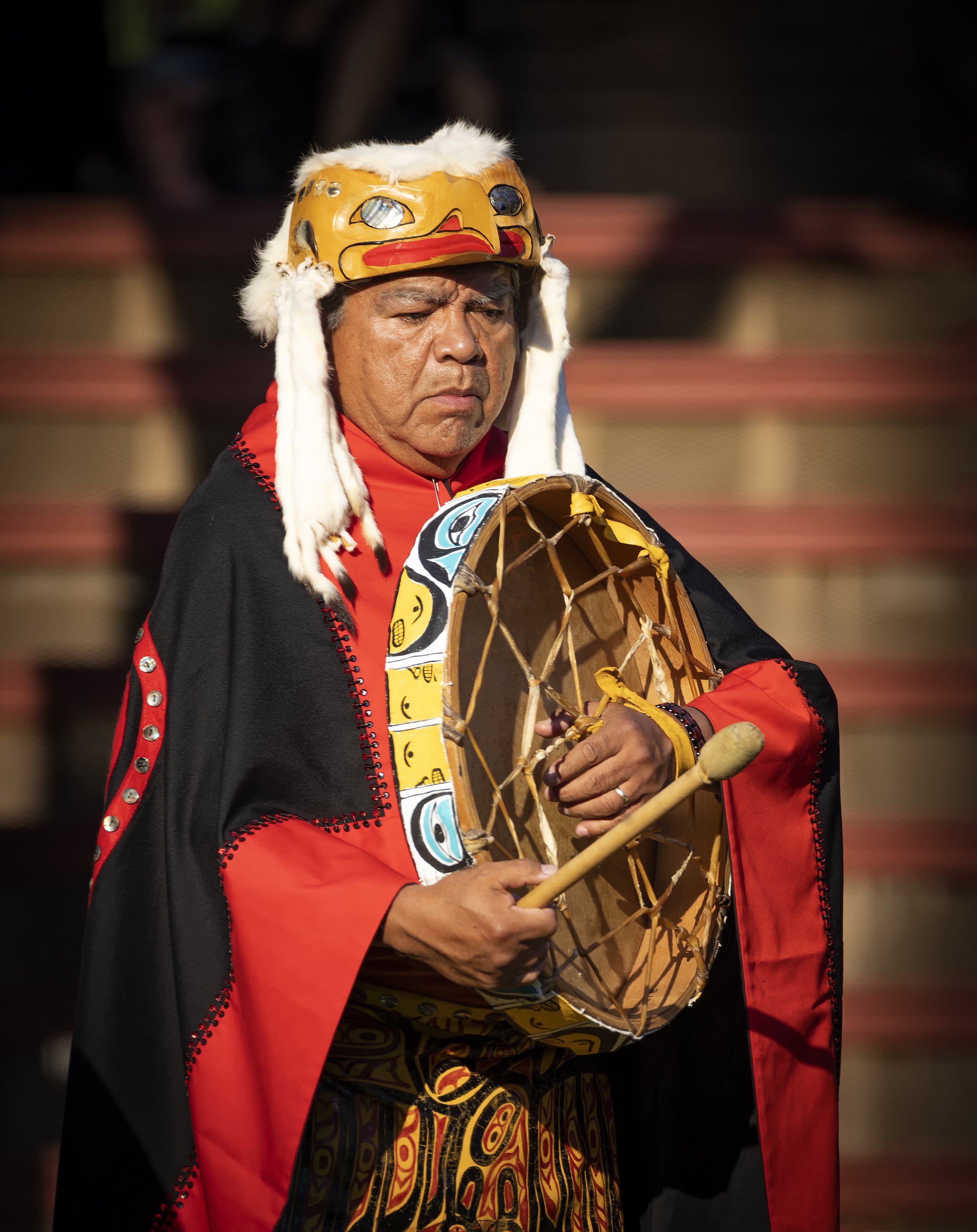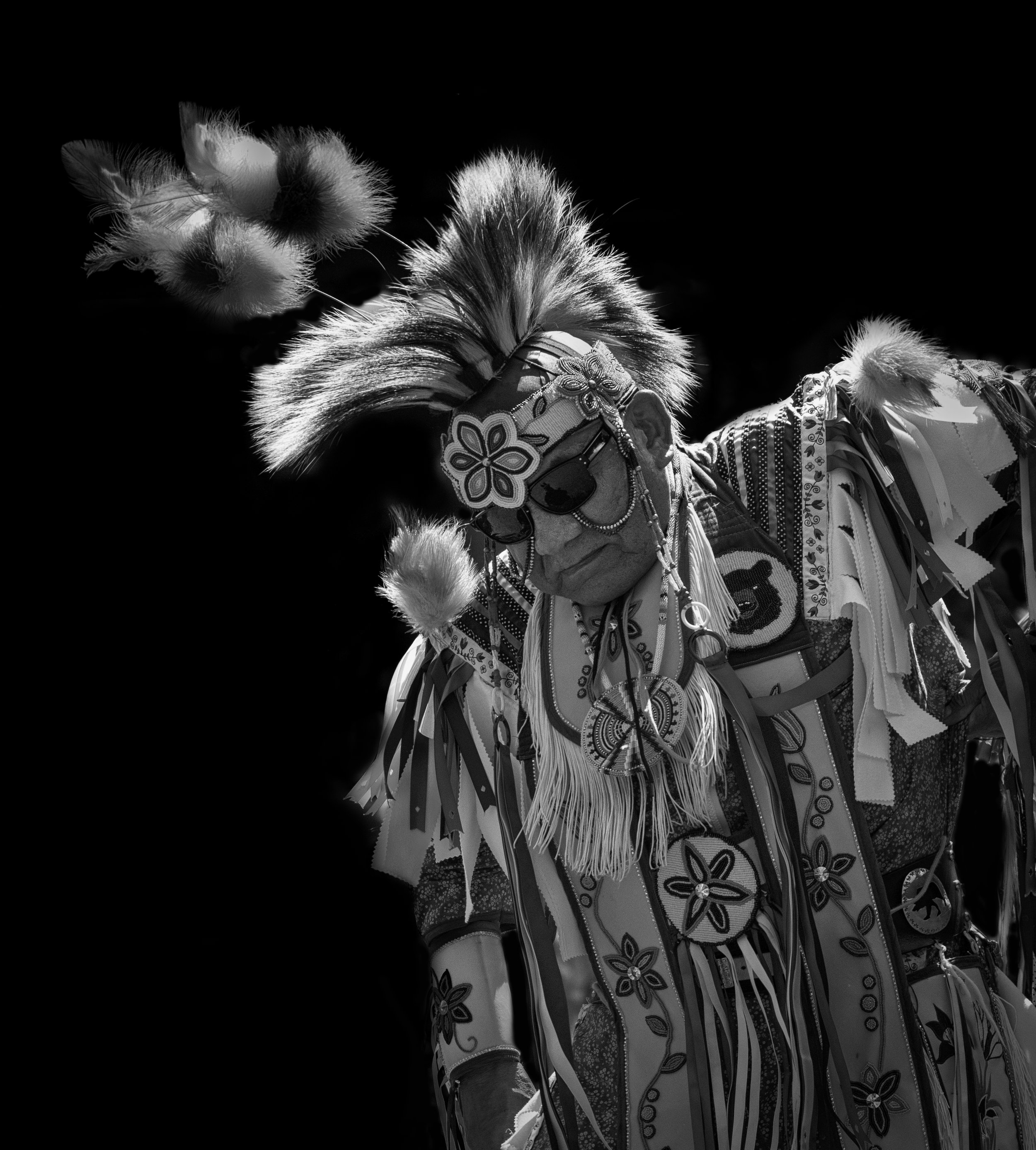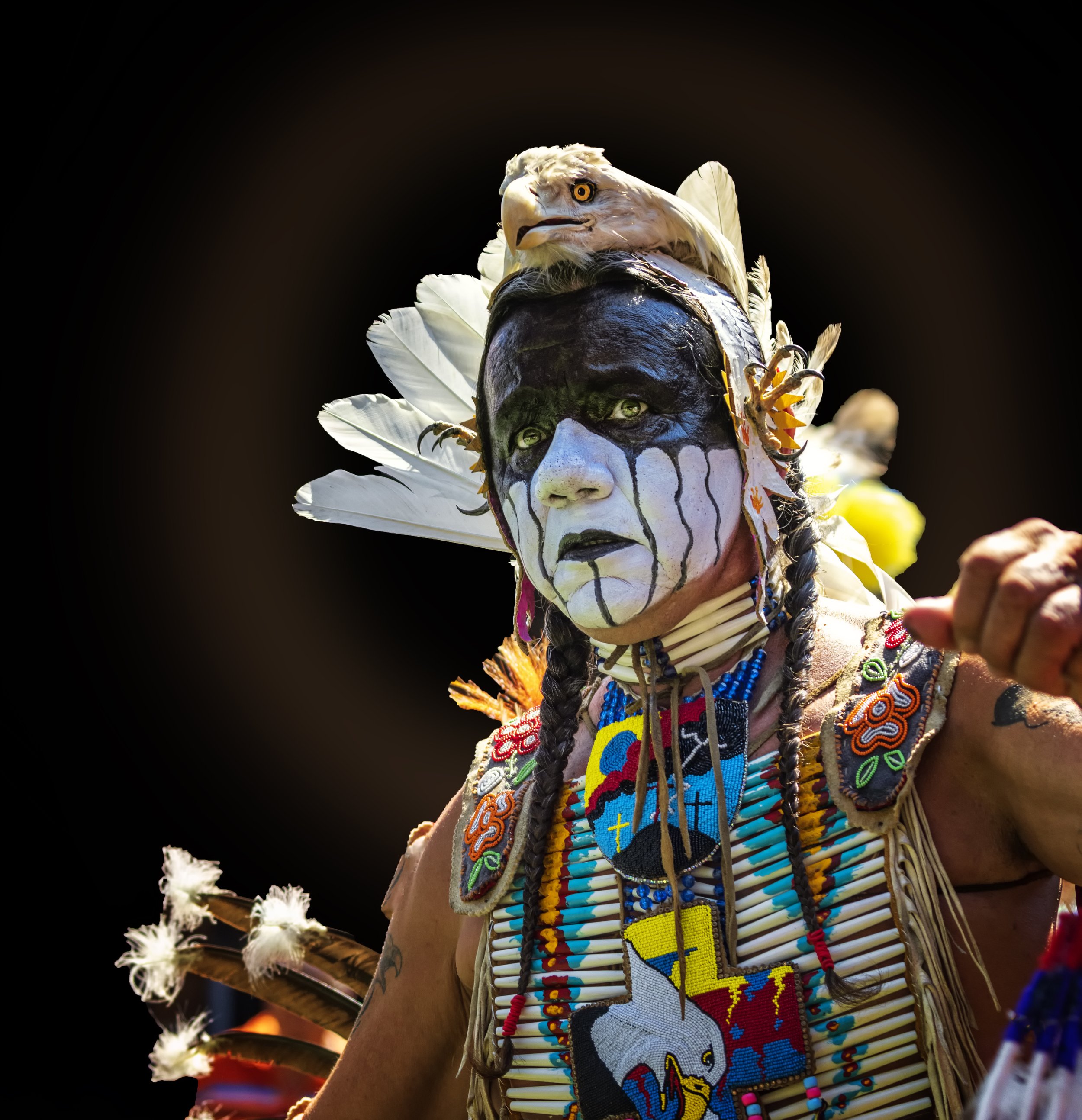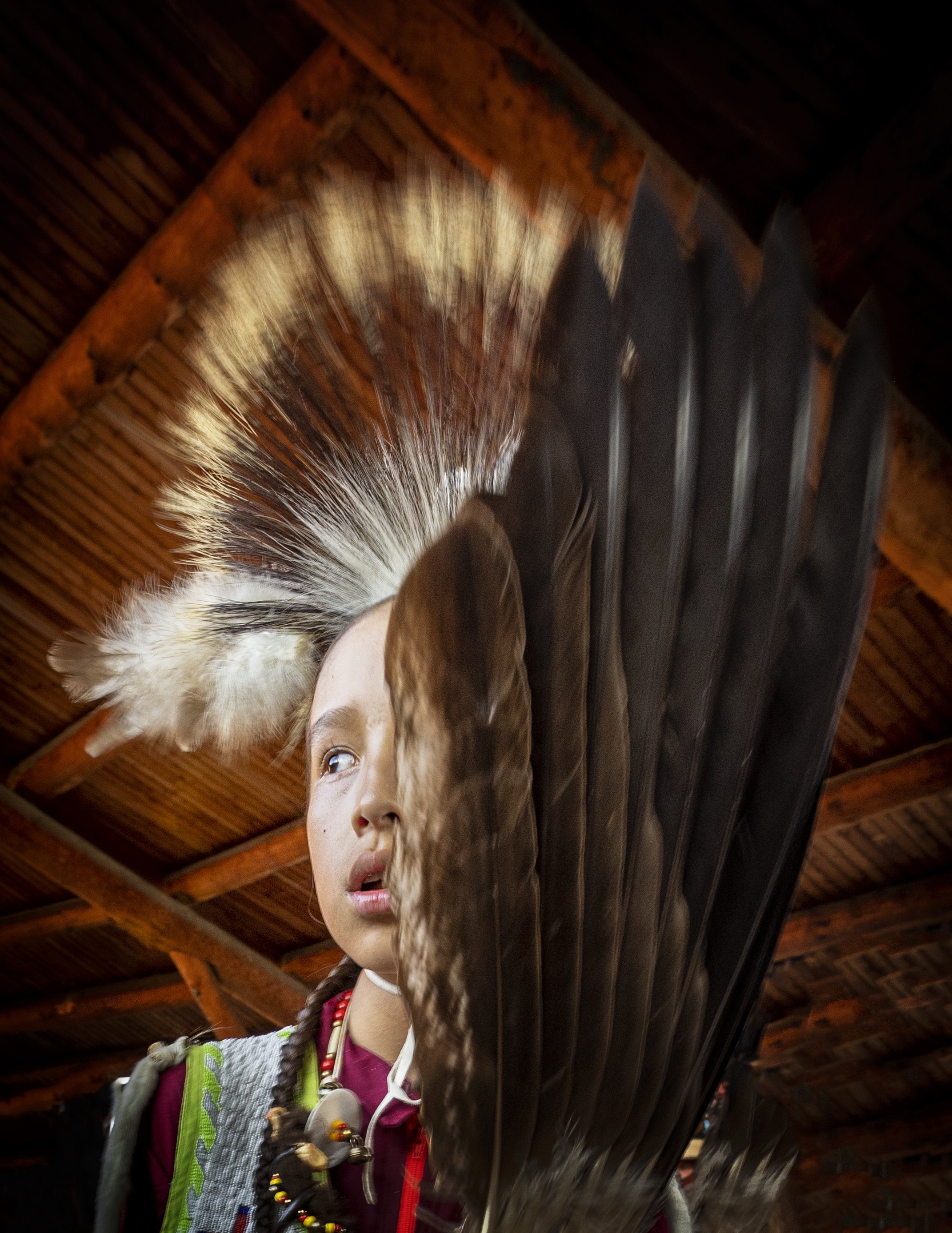Every Child Matters
Gord Downie
, front man for the Tragically Hip. introduced me to Chanie Wenjack; he shared and wrote the Secret Path based on a story from Ian Adam’s Maclean’s magazine story dating back to February 6, 1967, “The Lonely Death of Charlie Wenjack.”
Chanie was a young boy who died on October 22, 1966, walking the railroad tracks, trying to escape from the Cecilia Jeffrey Indian Residential School to walk home. Chanie’s home was 400 miles away. He didn’t know that. He didn’t know where it was, nor know how to find it, but, like so many kids - more than anyone will be able to imagine - he tried. I never knew Chanie, the child his teachers misnamed Charlie, but I will remember him. Chanie story is haunting. His story is Canada’s story. This is about Canada. We are not the country we thought we were. History will be re-written. We are all accountable, but this begins in the late 1800s and goes to 1996. “White” Canada knew – on somebody’s purpose – nothing about this. We weren’t taught it; it was hardly ever mentioned. All those Governments, and all of those Churches, for all of those years, misused themselves. They hurt many children. They broke up many families. They erased entire communities. It will take seven generations to fix this. Seven. Seven is not arbitrary. This is far from over. Things up north have never been harder. Canada is not Canada. We are not the country we think we are. Before his death Gord was trying in this small way to help spread what Murray Sinclair said, “This is not an aboriginal problem. This is a Canadian problem. Because at the same time that aboriginal people were being demeaned in the schools and their culture and language were being taken away from them and they were being told that they were inferior, they were pagans, that they were heathens and savages and that they were unworthy of being respected — that very same message was being given to the non-aboriginal children in the public schools as well…They need to know that history includes them.” (Murray Sinclair, Ottawa Citizen, May 24, 2015)
“The Secret Path collaboration with the Wenjack family is the best thing I’ve ever done, this helps my heart, it’s something I want to do, capture the feeling of trying to get home. This was Gord’s last concert, he passed away from cancer a short time after he completed the Secret Path.I have watched and rewatched this concert many times, I have read the lyrics, sang the songs and studied, all the social media content, Gord and the Secret Path are the catalyst that I use to seek change.” Gord’s Brother
Enter Gracie Kelly
My time with Gracie has been an eye-opening experience, before spending time with Gracie, I would sit on the sidelines, read the media and papers, listen to the TV and try and formulate my own answer to these problems. Most often I was always blaming one party, but now that I have a better understanding of the people, I empathize with what they've gone through and want to know more. Too many Canadians still don’t get it and make snap judgements. My new project will be a collaboration effort with Gracie. I'm hoping to photograph survivors of residential schools listen to their stories and capture the essence of what happened through photographs. My goal is to have some of the questions Canadians are asking, answered by First Nations leaders and survivors. Since meeting Gracie and working together on the PCC healing centre contract, I have immersed myself into the culture of the First Nations people. As we are all aware, the media has been full of news regarding the 215 graves that were discovered at the Kamloops residential school. The Pope's recent 6-day tour of Canada has even heightened this awareness and caused many both Caucasian and First Nations people to ask questions. Being a photographer, my notebook is more visual then static. Anthony Bourdain once said a “photograph is a window in time, one that cannot be replicated, it looks into the soul of the one behind the camera and in front of it”. Some people are gifted in putting pen to paper to convey a story, I express myself through my photographs.
I have come to realize that storytelling is very important to First Nations people, it's a way of passing down the culture and history of its people. Without storytelling a culture could easily lose it identify within a generation, which could be good or bad. For those who are affected by abuse, neglect, or worse genocide, the pain and scars last a lifetime. We see this with the Jewish Holocaust which took place during the second World War. Many are now saying that this atrocity never took place.In this past year, I have had the opportunity to photograph multiple First Nations artists and be a part of many First Nations ceremonies. Art and ceremony all revolve around something spiritual, whether it be in a log used for carving, dance, a plant used for healing, fish, birds and other animals, all life revolves around the creator and spirits.
As a Christian, I see many similarities in beliefs but also many differences. I feel empathy as every day more and more graves are discovered. What was the church and government thinking, trying to pull the culture out of the people. So, we have graves, and we know there have been abuse, but was everything bad? Two wrongs don't make a right, but there must be some good that comes out of this. As a photographer, working together with a First Nations leader, I want to share what we uncover and open to a pathway, where two cultures can work together to ensure that this will never happen again. Indigenous cultures share stories in many ways – orally, in song, in drumming, with pictographs, and through medicine wheels and tipi rings. Traditionally, stories are told by elders – known as Knowledge Keepers or Historians in some nations – as well as community members who have earned the title of Storyteller.
History has a way of repeating itself. If we don't learn from our lessons more than likely in our lifetime or our children's lifetime this will happen again.

